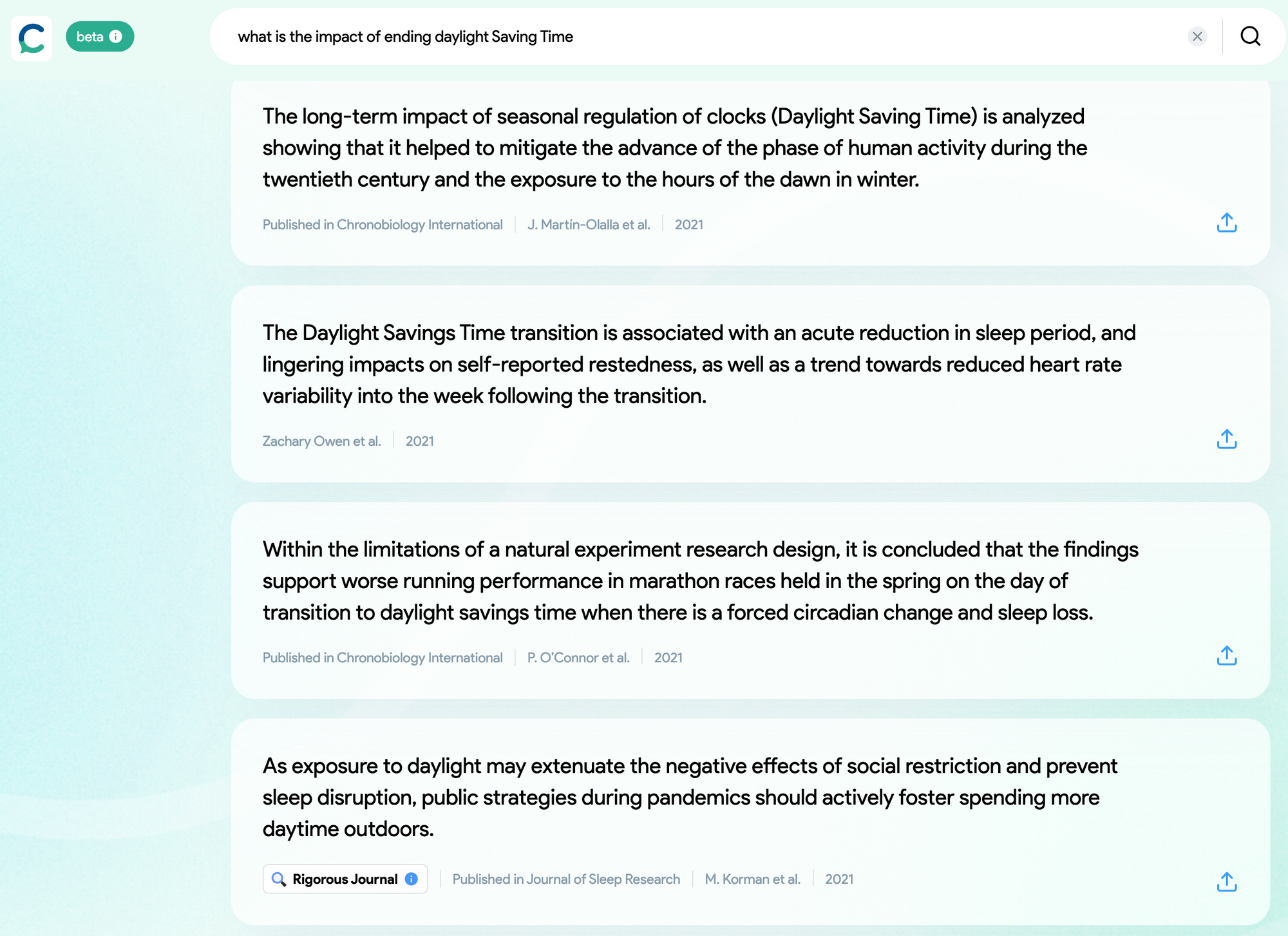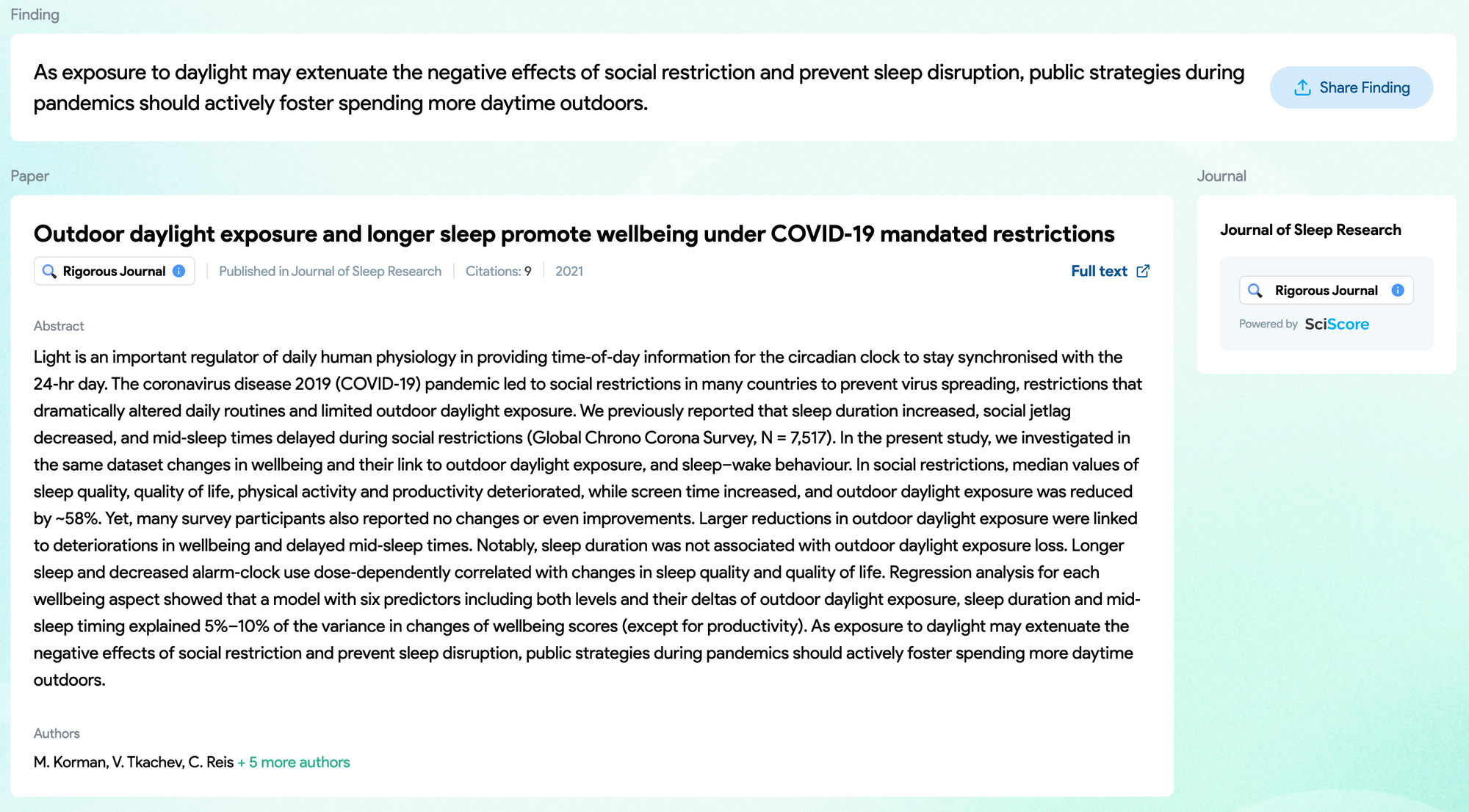IA: Comment générer un article de plus de 600 mots en quelques minutes. (Prenons le changement d'heure comme exemple.)

Plus on apprend à maîtriser les modèles IA de langage (comme GPT-3), plus l'étendue de leur capacité se révèle surprenante. Comme nous venons de quitter l'heure avancée, générons un article complet sur le sujet. Pourquoi changeons-nous l'heure et quels sont les impacts de cette invention?
PREMIÈRE ÉTAPE: Expliquer à l'IA ce qu'on attend de lui ET SURTOUT ce qu'il a besoin de nous, humble humain, pour bien accomplir sa tâche.

Voici sa réponse: "Afin de générer un exemple d'article sur l'heure d'été, nous aurions besoin de connaître le lieu géographique sur lequel vous souhaiteriez que l'article se concentre. De plus, nous aurions besoin de savoir quels sont les impacts spécifiques de l'heure d'été que vous voudriez que nous soulignions."
DEUXIÈME ÉTAPE: Fournir les informations demandées par l'IA.

TROISIÈME ÉTAPE: En quelques secondes, l'IA vous propose un outline 👇🏻. Vous l'approuvez ou le modifiez.

QUATRIÈME ÉTAPE: C'est le moment de la magie. GPT-3 va vous écrire cet article. Ça fait toujours son effet...

CINQUIÈME ÉTAPE, +++: Ceci pourrait être la dernière étape, soit faire traduire l'article par l'IA, car l'article est complet (voir plus bas). Mais je vais vous suggérer deux options intéressantes. Il existe un outil IA qui s'appelle LEX. C'est un assistant d'écriture qui aide lorsque vous avez un "blocage créatif." J'aime l'utiliser pour approfondir des sections ou même demander des contre-arguments.
Supposons que vous voulez plus de contenu dans la section des avantages de l'heure d'été. Tout ce que vous avez à faire c'est de placer votre curseur au bon endroit et d'appuyer sur +++. Résultat:

SIXIÈME ÉTAPE: Étoffer votre article avec des références scientifiques. Ici on y va encore avec de l'IA et l'outil Consensus. Il s'agit dun moteur de recherche qui utilise l'IA pour extraire, agréger et distiller instantanément les résultats directement issus de la recherche scientifique. Voici un exemple:


Si l'on donne n'importe quelle des ces études à GPT-3, on peut obtenir un résumé. Dans cet exemple 👆🏻 la réponse: "La principale conclusion de cette étude est que l'exposition à la lumière du jour peut contribuer à réduire les effets négatifs des restrictions sociales et à prévenir les perturbations du sommeil."
Alors maintenant voici l'article. Le but de cet exercise était de démontrer la puissance des modèles de language surtout en terme de rapidité d'exécution. Nous pourrons faire dans le futur un exemple d'une collaboration avec l'IA afin de produire une texte de la plus grande qualité possible. N'hésitez pas à me contacter si vous avez des questions.
Daylight Saving Time - Good or bad?

Daylight Saving Time (DST) is a hot topic – there are those who love it and those who hate it. In North America, DST begins on the second Sunday in March and ends on the first Sunday in November.
The concept of DST was first proposed in 1895 by George Hudson, a New Zealand entomologist. Hudson wanted to extend the day so that he would have more time to collect insects. However, it wasn’t until 1916 that DST was first implemented in the German Empire and Austria-Hungary in an effort to conserve coal during World War I.
The primary purpose of DST is to save energy. The theory is that by extending the amount of daylight during the evening hours, people will be more likely to do outdoor activities and thus use less electricity. DST also has the secondary effect of reducing traffic accidents and crime.

The pros of Daylight Saving Time.
There are a number of potential benefits to DST. As mentioned, the most significant one is the savings in energy consumption. According to the U.S. Department of Energy, DST results in a 0.5% reduction in electricity use. This may not sound like much, but it can add up to substantial savings over the course of a year.
Another potential benefit of DST is that it can reduce traffic accidents. This is because there is less need for artificial lighting, and thus drivers have better visibility. Studies have shown that there is a 3-5% reduction in traffic accidents during DST.

The cons of Daylight Saving Time.
There are also a number of potential drawbacks to DST. One of the most significant is that it can disrupt sleep patterns. This is because the body’s natural circadian rhythm is disturbed when the clocks are changed. This can lead to fatigue and other health problems.
Another potential downside of DST is that it can have a negative impact on mental health. This is because the lack of sunlight in the morning can cause seasonal affective disorder (SAD). Studies have shown that the incidence of SAD is increased by about 6% during DST.

The impact of Daylight Saving Time on sleep patterns.
As mentioned, one of the potential drawbacks of DST is that it can disrupt sleep patterns. This is because the body’s natural circadian rhythm is disturbed when the clocks are changed. This can lead to fatigue and other health problems.
There are a number of ways to mitigate the impact of DST on sleep patterns. One is to avoid caffeine and alcohol in the evening, as they can make it difficult to fall asleep. Another is to get exposure to natural light in the morning, as this can help to regulate the body’s circadian rhythm.

The impact of Daylight Saving Time on mental health.
Another potential downside of DST is that it can have a negative impact on mental health. This is because the lack of sunlight in the morning can cause seasonal affective disorder (SAD). Studies have shown that the incidence of SAD is increased by about 6% during DST.
There are a number of ways to mitigate the impact of DST on mental health. One is to get exposure to natural light in the morning, as this can help to regulate the body’s circadian rhythm. Another is to exercise regularly, as this can help to improve mood and energy levels.

Some people argue that daylight savings time is outdated and no longer necessary, while others argue that it is still a useful tool for saving energy and maximizing daylight hours.
A consensus doesn't seem likely anytime soon.


À bientôt. 👋🏻
- Partager sur Twitter
- Partager sur Facebook
- Partager sur LinkedIn
- Partager sur Pinterest
- Partager par Courriel
- Copier le lien
Res Novae Bulletin
Inscrivez-vous à la newsletter pour recevoir les nouvelles infos.